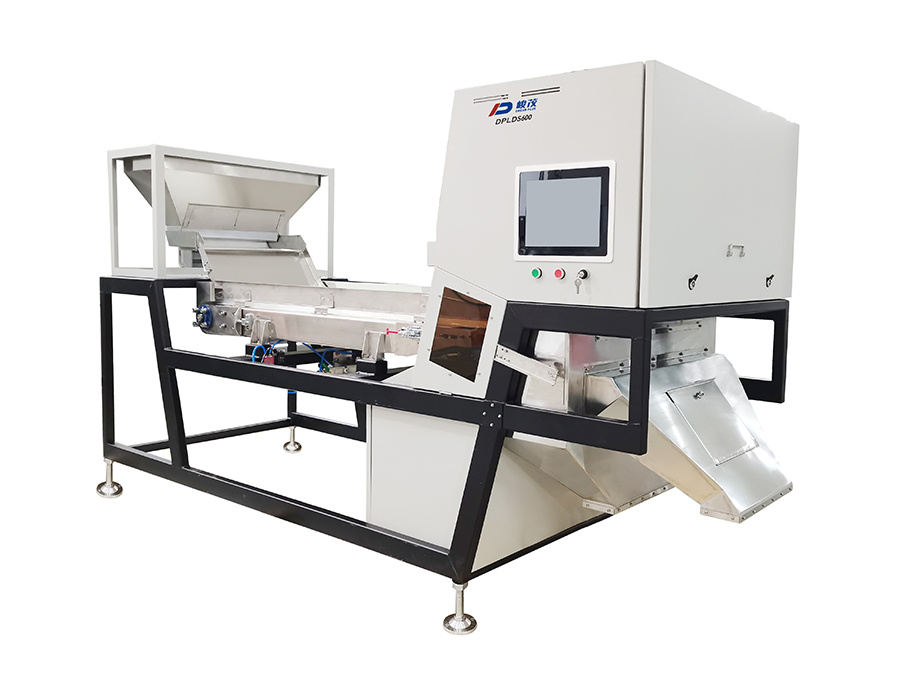
Enhancing Quality Control with Advanced Rice Color Sorters
2025-06-25 14:00
Rice color sorters have revolutionized the way rice is processed and sorted, ensuring that only the best grains reach consumers while minimizing waste
Rice color sorters have revolutionized the way rice is processed and sorted, ensuring that only the best grains reach consumers while minimizing waste. These sophisticated machines utilize advanced optical technology to distinguish between different colors, shapes, and imperfections in rice grains. By analyzing the visual characteristics of each grain, rice color sorters can effectively remove discolored, damaged, or contaminated grains, resulting in a cleaner and more uniform product.

At the core of a rice color sorter are high-resolution cameras and powerful image processing software. The cameras capture images of each grain as it passes through the machine, while the software analyzes the data in real-time. With the capacity to process thousands of grains per minute, rice color sorters can significantly increase productivity while ensuring high-quality output. This level of efficiency is particularly beneficial in the manufacturing and processing sectors, where speed and quality are paramount.
One of the key advantages of using rice color sorters is their ability to adapt to different rice varieties. With customizable settings, operators can adjust the sorting parameters based on the specific characteristics of the rice being processed. This flexibility allows for optimal performance, regardless of the type of rice, whether it be long-grain, short-grain, or specialty varieties. Additionally, many modern rice color sorters incorporate artificial intelligence (AI) and machine learning capabilities. This technology enables the machines to learn from past sorting processes, continually improving their accuracy and efficiency over time.
Moreover, rice color sorters contribute to sustainability in the manufacturing process. By efficiently separating impurities, these machines help reduce waste and ensure that more of the rice produced is suitable for consumption. This not only benefits manufacturers by lowering disposal costs but also supports environmental efforts by minimizing food waste.
In conclusion, rice color sorters represent a significant advancement in the field of sorting and screening machinery. Their ability to enhance quality control, adapt to various rice types, and promote sustainability makes them an invaluable asset in the manufacturing and processing industries. As technology continues to evolve, we can expect further innovations that will improve the efficiency and effectiveness of rice sorting processes, ensuring that consumers receive only the highest quality products. Understanding the benefits and workings of rice color sorters can help manufacturers make informed decisions about integrating such technologies into their operations, ultimately leading to improved product quality and customer satisfaction.
